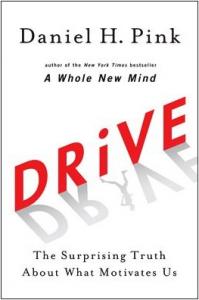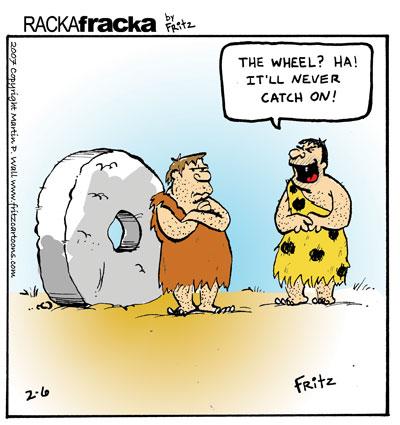As you may know, our company has the opportunity to interface with the management teams of many different organizations across the country. While this is a great privilege for us and we learn a great deal from these interactions, we also have the opportunity to identify patterns of behavior across these companies. Some of those patterns are positive and some are negative.
from these interactions, we also have the opportunity to identify patterns of behavior across these companies. Some of those patterns are positive and some are negative.
Today, I’d like to draw your attention to one of the negative patterns that exists in many businesses, and touches nearly every industry – It is the tendency that many companies have to treat candidates disrespectfully.
Dr. John Sullivan, a professor at San Francisco State University, recently wrote one of the best articles I’ve read on this topic. The article is compelling because it correctly quantifies the financial impact a company experiences when it treats candidates poorly. This article is quite long, but I believe you’ll miss some of the impact if I attempt to summarize it. So, I’ll republish part of the article below and then I’ll provide a link to the entire article for you to continue reading if this is a topic that interests you.
“How Candidate Abuse Is Costing Your Firm Millions of Dollars in Revenue” -Dr. John Sullivan
A reporter from the Wall Street Journal once asked me what I thought was the greatest secret in recruiting. Such a broad question would usually cause one to ponder, but my immediate response was that abusive hiring processes cost organizations millions of dollars by turning possible customers into lifelong “haters.”
For decades it has been accepted that god-awful treatment of candidates is normal, and that since it is widespread, it’s OK. How anyone in recruiting cannot connect that a poor candidate experience is similar to a poor customer experience and assume that there is a significant negative impact is disturbing. Anyone with a basic knowledge of customer relationship management knows that there is a well-documented correlation between customer satisfaction (with their treatment and the products purchased) and customer retention, i.e. their willingness to buy from the organization again.
Organizations like the Ritz-Carlton and Wal-Mart have elevated monitoring guest satisfaction to a science and know the exact dollar cost of obtaining a customer, upsetting a customer, and losing a lifelong customer. While such evaluation is common in sales and customer support functions, it is nearly unheard of in HR functions, which often interact with a significant volume of potential customers in any given year. The impact of a poor “candidate experience” is uncalculated, unreported, and not discussed, making it quite possibly one of the largest “hidden costs” facing modern organizations.
Given that median job tenure is approximately 3.9 years, it’s highly probable that the vast majority of you reading this article suffered through an interview process in recent years or have a close friend of family member that did. As professionals in recruiting, we know the process sucks; the volume of evidence indicating so is overwhelming.
Staffing.org has for many years reported that more than 70% of applicants find the process distasteful. In most organizations little or no thought has been given to how the candidate experiences the process. Instead, the design is solely based on administrative need. Many organizations treat candidates more like prisoners or detainees than customers.
Applicants voluntarily come to your company wanting to help. They spend dozens of unpaid hours preparing for your process. Many of them may in fact be paying customers. Unfortunately they are all too frequently met with web pages that offer up generic content and are black holes when it comes to advancing their objectives. If they advance, candidates will also likely undergo a painful drawn-out application process, intervi ews scheduled at the most inconvenient times, and ultimately be dropped from consideration with little or no honest feedback about why.
I estimate that the average professional candidate voluntarily spends more than $1,000 worth of their own time and money in preparing for and participating in an organization’s hiring process. Given that level of investment, they deserve to be treated like good customers.
Remember that being treated poorly during the hiring process which often ends up in being rejected will not result in a mild disappointment, but rather unhappiness bordering on anger. Individuals who once championed your organization will likely become activists against your organization for at least two years and maybe a lifetime.
….Read the remainder of Dr. Sullivan’s article.
If you’re in a business that interfaces directly with the public, then your candidates are your potential customers. It is important that your hiring process is designed so that every candidate has a better opinion of your organization after they interact with those involved in recruiting. Making sure you’ve got this right is time and money well spent.
Editor’s Note: This article was written by Ben Hess. Ben is the Founding Partner and Managing Director of Tidemark, Inc. and a regular contributor to WorkPuzzle. Comments or questions are welcome. If you’re an email subscriber, reply to this WorkPuzzle email. If you read the blog directly from the web, you can click the “comments” link below.











